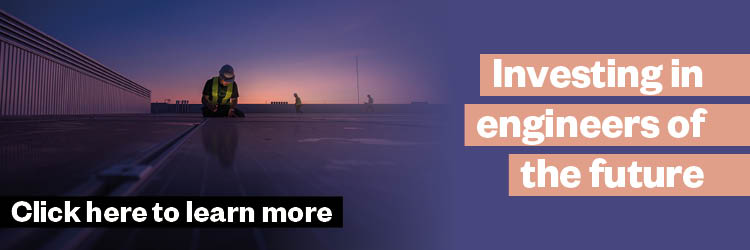
Paul Flynn
Group Operations Director, Dornan Engineering

Kay Springall
Group Engineering Director, Dornan Engineering

David McNamara
Group Quality & Performance Excellence Director, Dornan Engineering
Digital approaches to design and construction are taking mechanical and electrical installation into a new era.
Innovative approaches to electrical and mechanical construction are being advanced via digital technologies providing greater execution certainty and efficiency to clients.
Digital design platforms allow teams to work remotely and closely collaborate on projects. Meanwhile investment in fabrication facilities enables more work to be completed in the controlled environment of a workshop before being shipped to construction sites thereby reducing the construction manpower and improving site quality and safety.
Dornan Group has embraced these innovations as a mechanical and electrical installation contractor on large capital expenditure projects through their offices in Ireland, the UK and Europe.
Off-site assembly
With blue chip clients in the life sciences, pharmaceutical, data centre and commercial/institutional building sector, digital design and construction delivery are key aspects of the business model, coupled with continual innovation in construction.
The pre-construction assembly of modules in fabrication workshops, such as the company’s site in Coventry, England, using the DFMA (design for manufacture) concept offers clear benefits.
Group Operations Director Paul Flynn explains: “We can build in a factory environment where we can control the quality and safety more closely than we could do on site, then deliver QC checked, snag free assets to site to be assembled. That is the innovation that is driving our growth.”
Tracking progress
Group Engineering Director Kay Springall outlines how the design process using 3D platforms is carried out collaboratively with clients using software that allows all partners to be involved at every major step.
She says: “Design can be shared in real time across the design partners and the client as it is progressing and constructability can be embedded in the design, the earlier in the process the better.”
“This visualisation of design allows for any issues to be addressed on-screen before any component gets to the site. Once the design moves to fabrication, we track the module production progress using QR codes imbedded within the DFMA process for each asset, from fabrication to installation.
“The model can be as-built and provide a digital environment within which our clients can embed their operation and maintenance information.”
We are starting to conduct more remote visual inspections using specialist smartphone and tablet-based applications.
David McNamara
Cloud-based system
For the past three years Dornan had moved to a cloud-based system to increase remote working.
“The pandemic accelerated it, but it was already in play,” adds Springall,
The technology extends to apps designed in-house, such as D’PRISM that has been developed to measure progress on a site and incorporates tools for QC and testing.
“This gives more accuracy for ordering, prevents human error and also brings greater cost certainty and control of components into the project,” adds Springall.
Safety and quality
Group Quality and Performance Excellence Director David McNamara oversees outputs from the engineering construction department to ensure everything meets the client’s requirements.
Safety and Quality are core to the company’s service. Handover documents, records and drawings are now digital and any tests, inspections and checks are recorded digitally.
“We are starting to conduct more remote visual inspections using specialist smartphone and tablet-based applications, thus avoiding travel and reducing our carbon footprint as a group,” he adds.
Augmented reality technologies are also coming to the fore, using models to show what will be fabricated but then use photographic records to compare the installation to the digital model.
Streamlined design
Overall, the digital approach has streamlined design and construction approaches and has reduced or eliminated paperwork. The approach allows our clients leverage our documentation into their final qualification process.
Paul emphasises the key factor is early engagement with clients, working with them on “front end” studies for the best outcomes to build and plan for a project. “They come to us with the concept, and we use our experience, knowledge and expertise to deliver the product that they require. The sooner we get involved with a client the more value we can bring to the process.”



